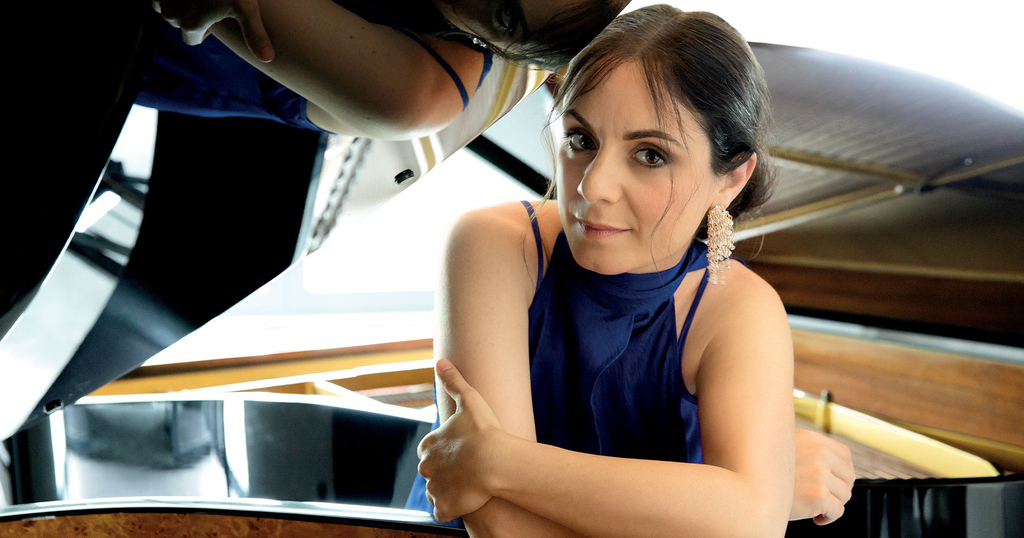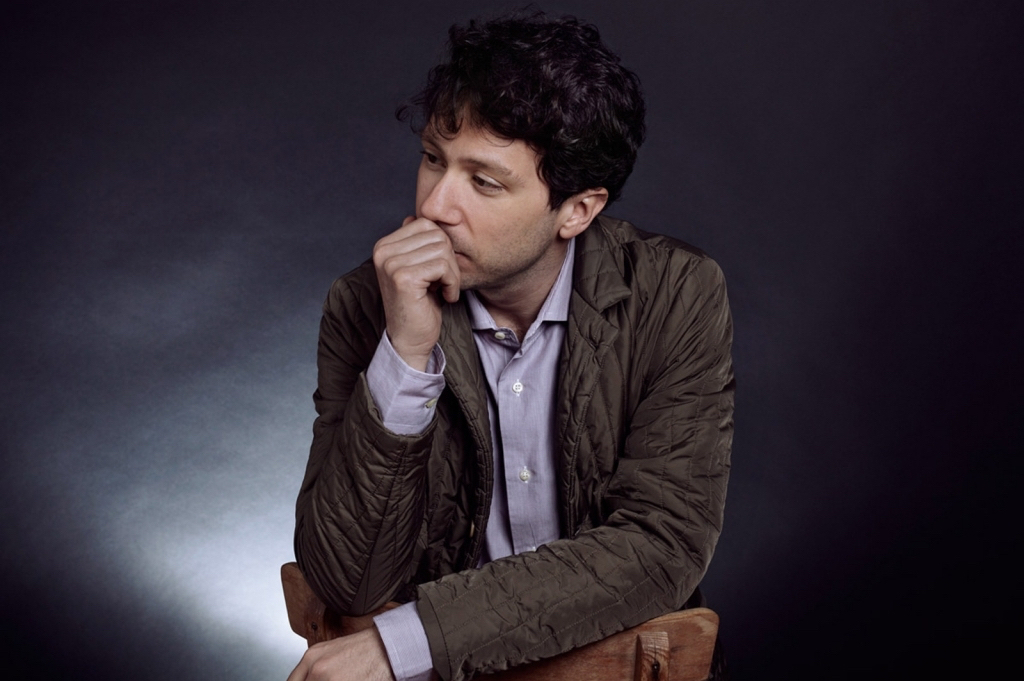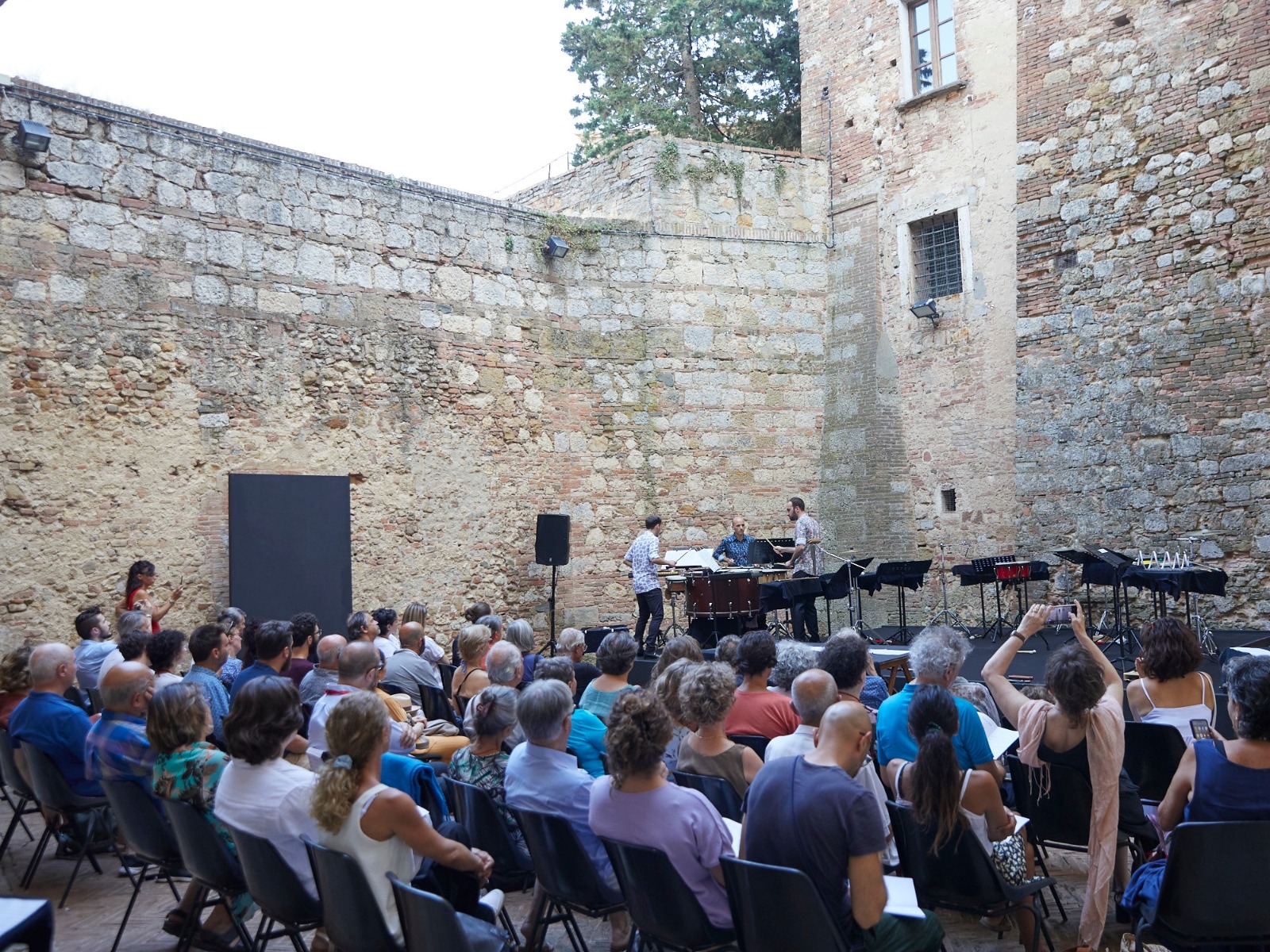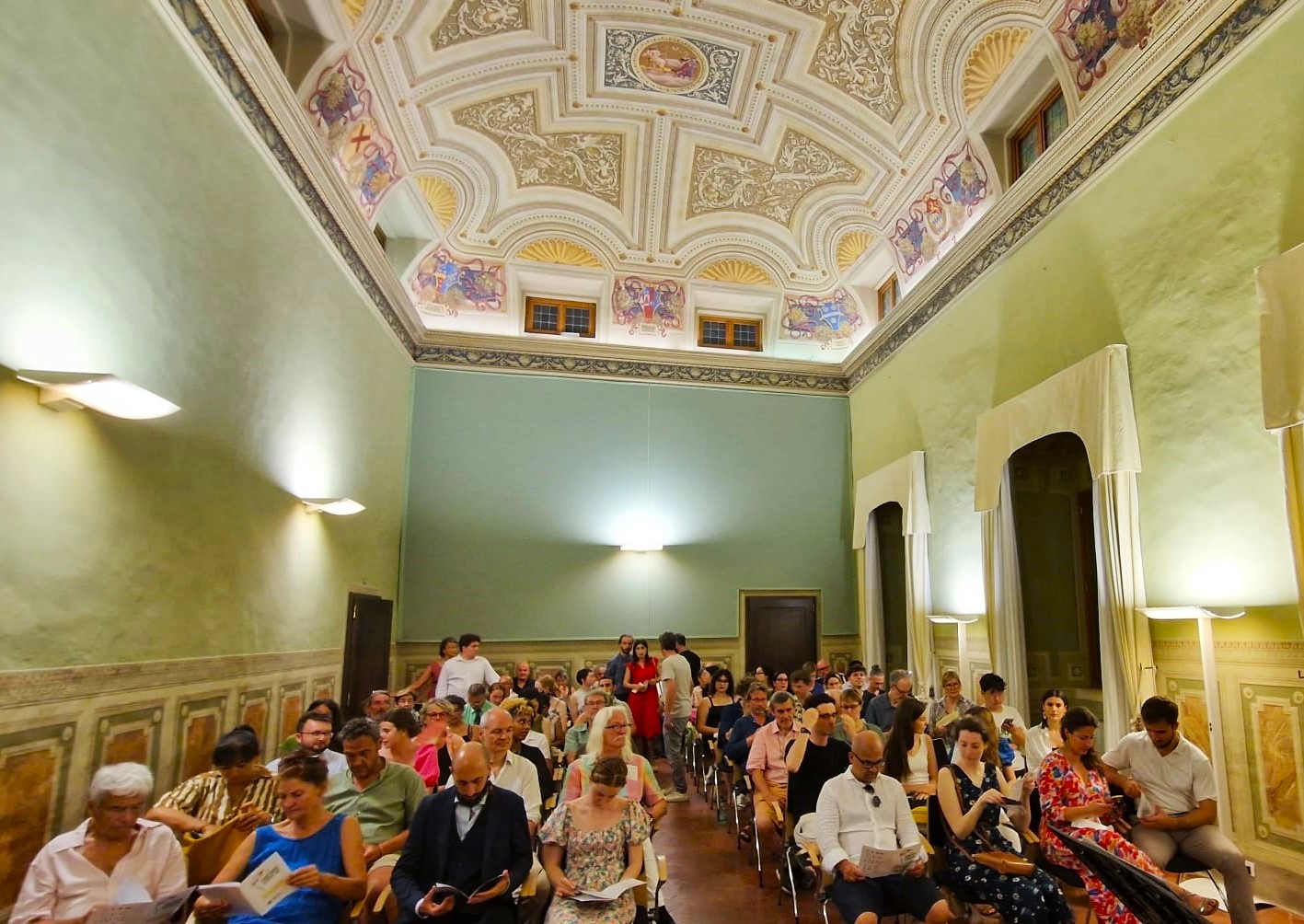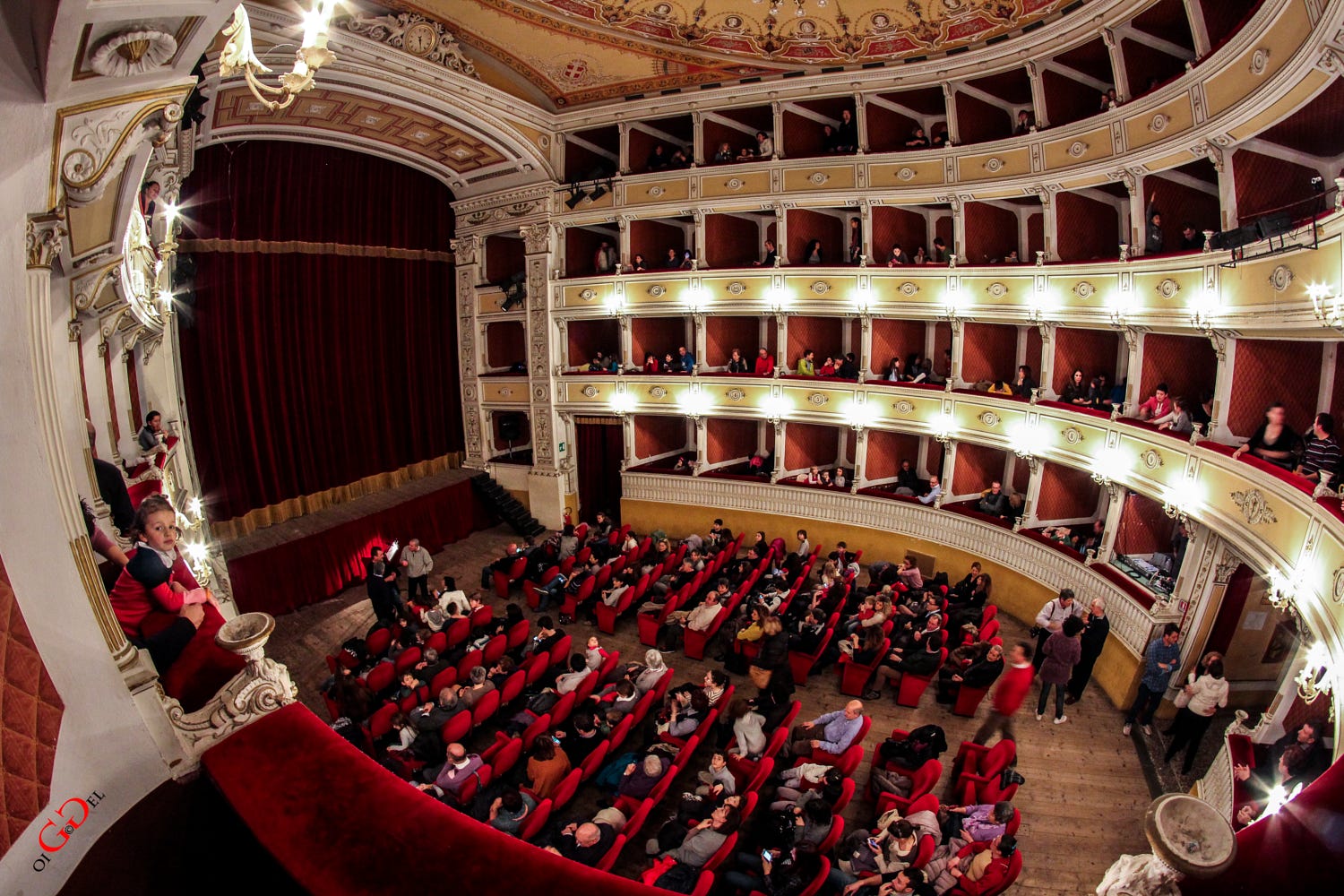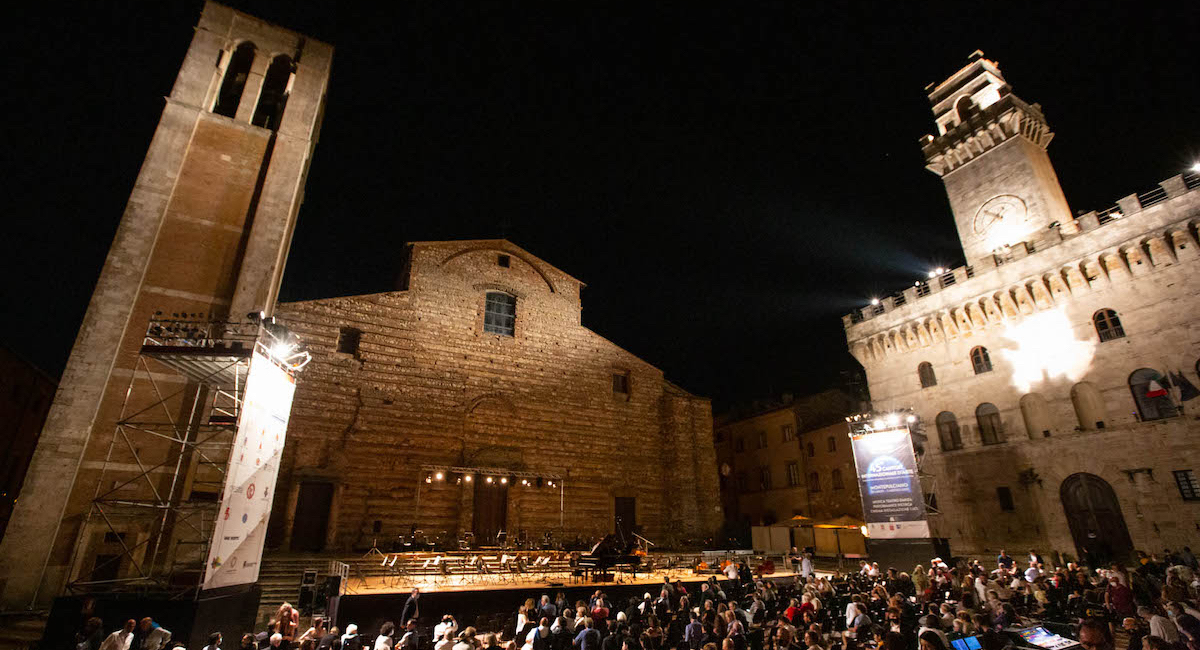SERIE HÄNDEL The joy in music I
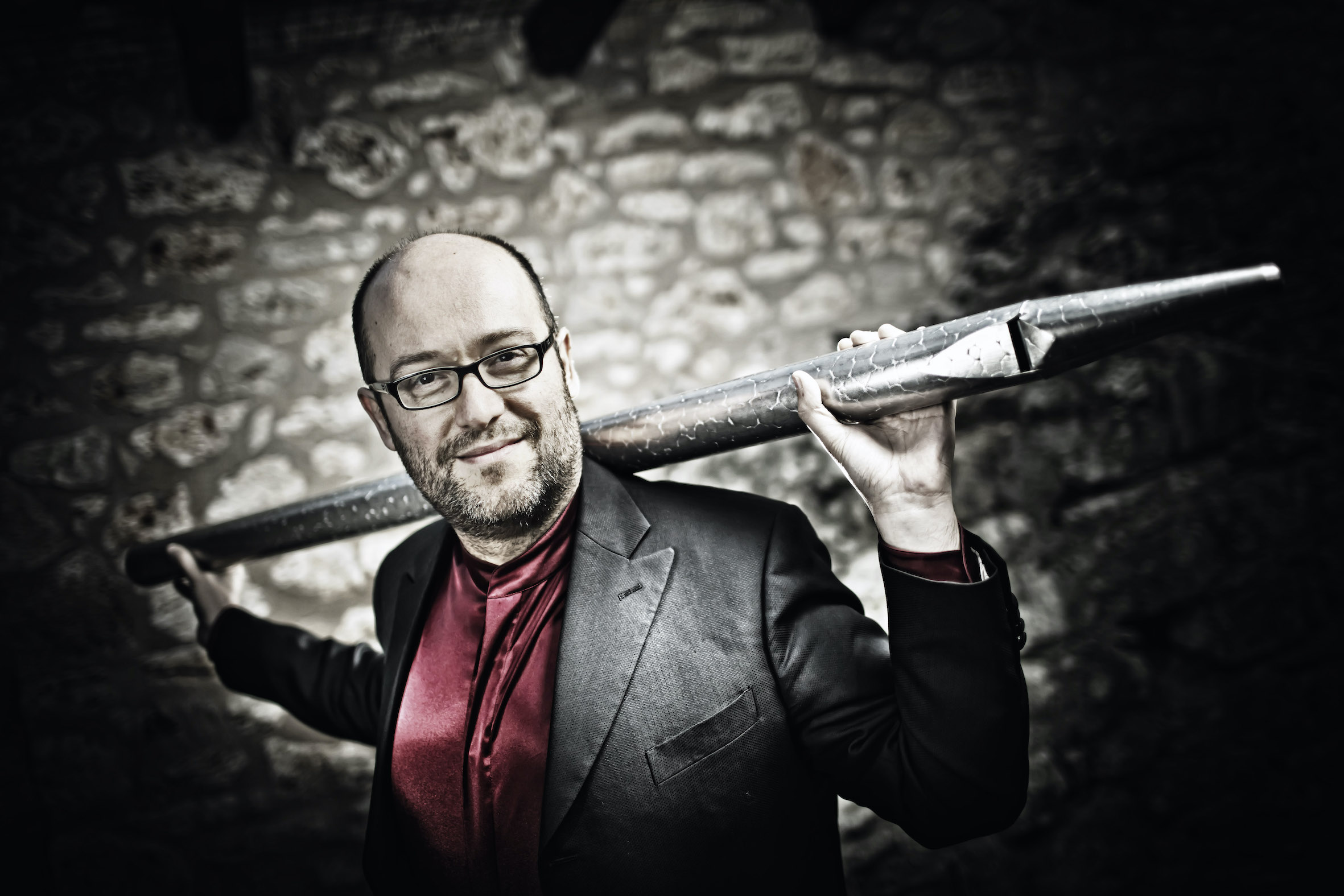
Orchestra Poliziana
Corale "Le Grazie"
Corale Poliziana
Judy Diodato direttrice dei cori
Adriano Falcioni organo
Alessio Tiezzi direttore
MONTEPULCIANO - Tempio di San Biagio
DOMENICA 21 LUGLIO
Ore 21.30
INGRESSO € 16
ACQUISTA IL BIGLIETTO
Per tutti i biglietti acquistati in prevendita, la maggiorazione prevista è di 1,50 euro.
Georg Friedrich Händel
(1685 - 1759)
Concerto in si bemolle maggiore per organo e orchestra,
op. 4 n. 2 HWV 290
A tempo ordinario e staccato
Allegro
Adagio e staccato
Allegro ma non presto
dall’Oratorio Esther HWV50
Shall we the God of Israel
Shall we of servitude complain
Wolfgang Kleber
(1958)
Mizmor
(prima assoluta, commissione 49º Cantiere)
Georg Friedrich Händel
Concerto in sol minore per organo e orchestra,
op. 4 n. 3 HWV 291
Adagio
Allegro
Adagio
Allegro
dall’oratorio Alexander's Feast, or the Power of Music
(an Ode in Honour of St. Cecilia) HWV 75
The list'ning crowd
Behold Darius great and good
Your voices tune, and raise them high
Concerto in sol minore per organo e orchestra,
op. 4 n. 1 HWV 289
Larghetto e staccato. Allegro
Adagio
Andante
In collaborazione con
Conservatorio "C. Monteverdi" Bolzano

Mizmor - Salmo per organo è stato scritto nell'autunno 2023 come opera su commissione per il 49° Cantiere Internazionale d'Arte per lo storico organo di San Biagio/Montepulciano ed è dedicato ad Adriano Falcioni.
“Mizmòr” significa “canzone”, “salmo”. La piccola opera d'organo in due parti si riferisce ai versetti biblici Salmo 90.3 e Salmo 150.1:
“Voi fate morire gli uomini e dite: ‘Tornate ancora, figli degli uomini’”.
“Lodate Dio nel suo santuario! Hallelujah!"
La prima parte della composizione è caratterizzata da un quadro di sette filoni evolutivi realizzati secondo regole diverse, che determinano contemporaneamente sia una drammatica condensazione che una risoluzione o rimozione. Nello spazio lasciato da questo quadro si inserisce una sorta di “ambientazione” del versetto del Salmo 90, in cui il testo originale ebraico viene citato lettera per lettera in forma criptata assegnandolo a serie bitonali. Queste serie tonali derivano da due sequenze numeriche algebriche. Queste due sequenze numeriche - una delle quali è la sequenza di Fibonacci - determinano la melodia, l'armonia e la struttura metrica della composizione. Lo fanno in combinazione con un sistema di intervalli basato sul fenomeno acustico della combinazione di toni attraverso la sottrazione di frequenza.
La seconda parte, più breve, non ha quadro normativo e non è soggetta ad alcun rigore strutturale. I toni ottenuti in modi diversi nel gioco basato sul principio della sottrazione di frequenza suonano con grande libertà. A questo si collega il versetto del Salmo 150, codificato allo stesso modo del testo della prima parte.
Mizmor - Psalm for organ was written in autumn 2023 as a commissioned work for the 49th Cantiere Internazionale d'Arte for the historic organ of San Biagio/Montepulciano and is dedicated to Adriano Falcioni.
“Mizmòr” means “song”, “psalm”. The small two-part organ work refers to the biblical verses Psalm 90.3 and Psalm 150.1:
“You kill men and say, 'Come again, you sons of men.'”
“Praise God in his sanctuary! Hallelujah!"
The first part of the composition is characterized by a framework of seven evolutionary strands created according to different rules, which simultaneously determine both a dramatic condensation and a resolution or removal. In the space left by this painting, a sort of "setting" of the verse of Psalm 90 is inserted, in which the original Hebrew text is quoted letter by letter in encrypted form, assigning it to two-tone series. These tonal series derive from two algebraic number sequences. These two numerical sequences - one of which is the Fibonacci sequence - determine the melody, harmony and metrical structure of the composition. They do this in combination with an interval system based on the acoustic phenomenon of combining tones through frequency subtraction.
The second part, shorter, has no regulatory framework and is not subject to any structural rigor. The tones obtained in different ways in the game based on the principle of frequency subtraction sound with great freedom. The verse of Psalm 150 is connected to this, codified in the same way as the text of the first part.
I sei concerti per organo op. 4 di Georg Friedrich Händel nascono tra il 1735 e il 1736, pubblicati successivamente nel 1738, come intermezzi strumentali a quattro grandi oratori in lingua inglese, Esther, Deborah, Arthalia e Alexander’s Feast.
La funzione del concerto d’organo era quella di intervallare le lunghe composizioni degli oratori con momenti di virtuosismo organistico per mantenere vivi l’interesse e l’attenzione degli ascoltatori. Il ruolo dell’organo era quindi subordinato a quello dell’oratorio. In questa serie di due concerti invece l’accento si sposta: l’organo, da strumento impiegato per un semplice intermezzo strumentale, diviene il protagonista. Sono i cori, tratti dagli oratori per i quali rispettivamente i concerti d’organo erano stati originariamente scritti, adesso ad avere il ruolo di intermezzo musicale.
Nel concerto di oggi sentiremo eseguire il Concerto in si bemolle maggiore per organo e orchestra op. 4 n. 2 HWV 290, originariamente eseguito durante l’Oratorio Esther, e il Concerto in sol minore per organo e orchestra op. 4 n. 3 HWV 291, eseguito invece nell’Oratorio Alexander’s Feast.
L’Oratorio Esther HWV 50 nasce come composizione da camera nel 1718 ma sancisce l’inizio del lungo processo che porterà Händel a comporre i suoi grandi oratori in lingua inglese. Viene ripresa, in una versione completamente nuova, nel 1732 su un nuovo libretto di Samuel Humprheys, tratto dall’opera teatrale Esther di Jean Racine del 1689, che si basa sul libro di Ester dell’Antico testamento. Ester, la giovane fanciulla ebrea che salva il suo popolo divenendo regina di Persia.
Tratti dall’oratorio ascolteremo due cori: “Shall we the God of Israel” e “Shall we servitude complain” tratti rispettivamente dalla prima e dalla seconda scena dell’atto I.
L’Oratorio Alexander’s Feast viene composto nel gennaio 1736 e rappresentato per la prima volta al Royal Opera House di Londra il 19 febbraio successivo. Il libretto è di Newburgh Hamilton, adattamento dell’ode “Alexander’s Feast, or the Power of Music” di John Dryen del 1697, composta per celebrare la festa di Santa Cecilia, patrona della musica e dei musicisti. L’oratorio racconta di un banchetto tenuto nella città di Persepoli da Alessandro Magno per celebrare la vittoria su Dario e i persiani. Durante il banchetto Timoteo suona la lira e canta, suscitando diversi stati d’animo in Alessandro fino a portarlo alla decisione di bruciare la città e vendicare i suoi soldati caduti.
Tratti dall’oratorio ascolteremo tre cori: “The list’ning crowd” e “Behold Darius great and good”, tratti dalla prima parte, e “Your voices tune, and raise the high”, coro conclusivo della seconda parte e dell’intero oratorio. (Myriam Bizzarri)
The six organ concertos op. 4 by Georg Friedrich Händel were born between 1735 and 1736, subsequently published in 1738, as instrumental interludes to four great oratorios in English, Esther, Deborah, Athaliah and Alexander's Feast. The function of the organ concert was to intersperse the long compositions of the oratorios with moments of organ virtuosity to maintain the interest and attention of the listeners. The role of the organ was therefore subordinate to that of the oratorio. In this series of two concerts, however, the emphasis shifts: the organ, from an instrument used for a simple instrumental interlude, becomes the protagonist. The choirs, singing extracts from the oratorios for which the organ concertos were originally written, now fulfil the role of musical interlude.
In today's concert we will hear the Concerto in B flat major for organ and orchestra op. 4 no. 2 HWV 290, originally performed during the Oratorio Esther, and the Concerto in G minor for organ and orchestra, Op. 4 no. 3 HWV 291, performed instead in the Alexander's Feast Oratorio.
The Oratorio Esther HWV 50 was written as a chamber composition in 1718 but marked the beginning of the long process that would lead Handel to compose his great oratorios in English. It was revived, in a completely new version, in 1732 on a new libretto by Samuel Humprheys, based on the 1689 play Esther by Jean Racine, which is based on the book of Esther from the Old Testament: Esther, the young Jewish girl who saves her people by becoming queen of Persia.
Taken from the oratorio we will hear two choruses: “Shall we the God of Israel fear” and “Shall we of servitude complain” taken respectively from the first and second scenes of Act I.
The oratorio Alexander's Feast was composed in January 1736 and performed for the first time at the Royal Opera House in London on the following 19 February. The libretto is by Newburgh Hamilton, an adaptation of John Dryden's 1697 ode “Alexander's Feast, or the Power of Music”, composed to celebrate the feast of Saint Cecilia, patron saint of music and musicians. The oratory tells of a banquet held in the city of Persepolis by Alexander the Great to celebrate the victory over Darius and the Persians. During the banquet Timothy plays the lyre and sings, arousing different moods in Alexander until he decides to burn the city and avenge his fallen soldiers.
Taken from the oratorio we will hear three choruses: “The list'ning crowd” and “Behold Darius great and good”, taken from the first part, and “Your voices tune, and raise the high”, the final chorus of the second part and the entire oratorio. (Myriam Bizzarri)
 Sostieni i progetti
Sostieni i progetti Amministrazione Trasparente
Amministrazione Trasparente Contatti
Contatti
